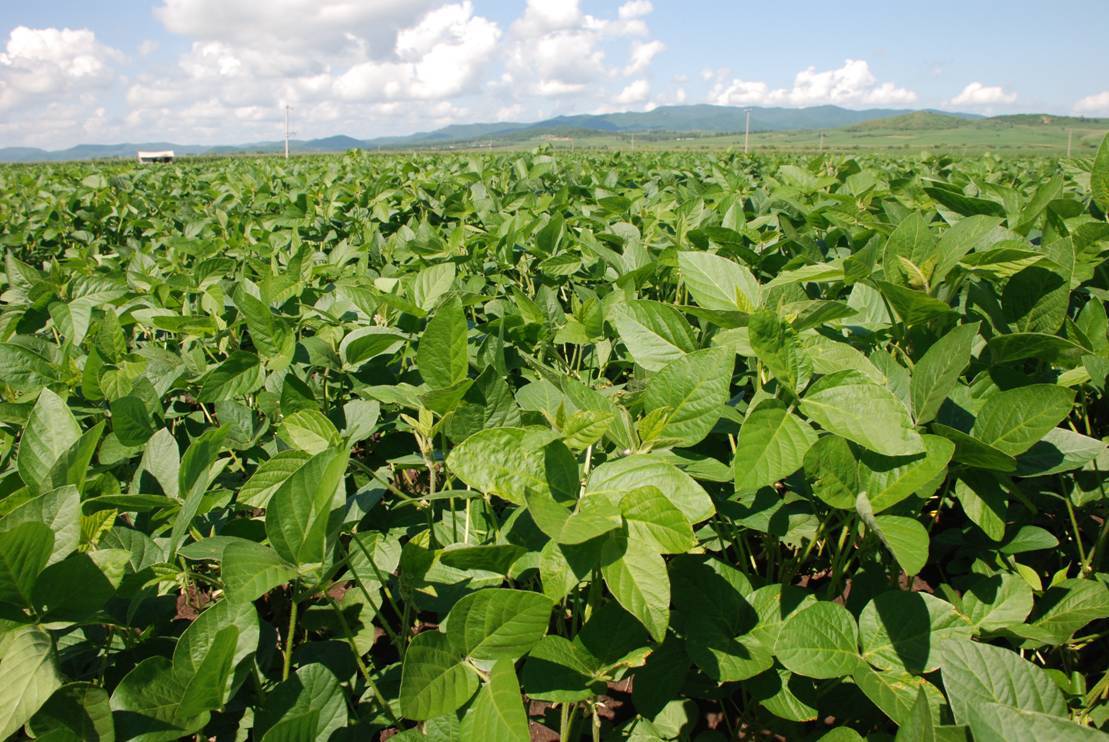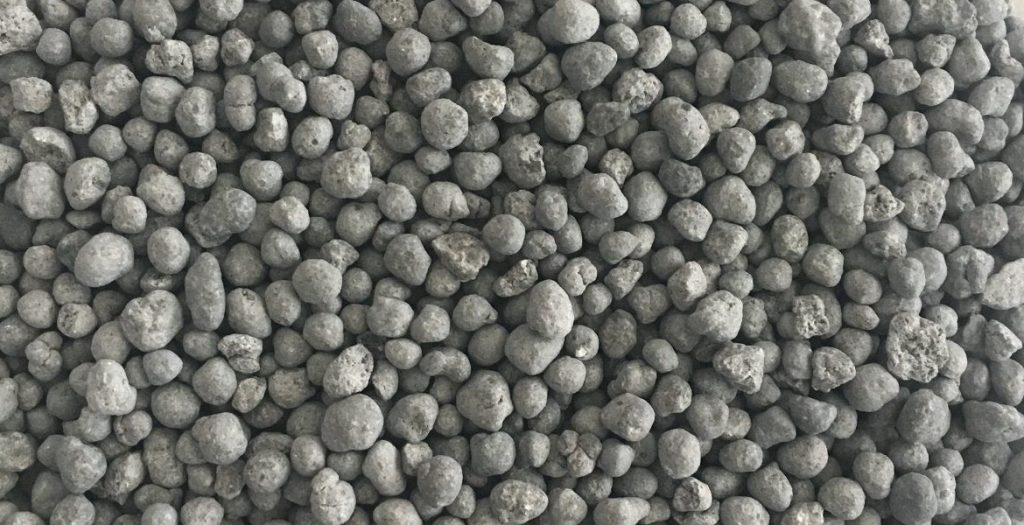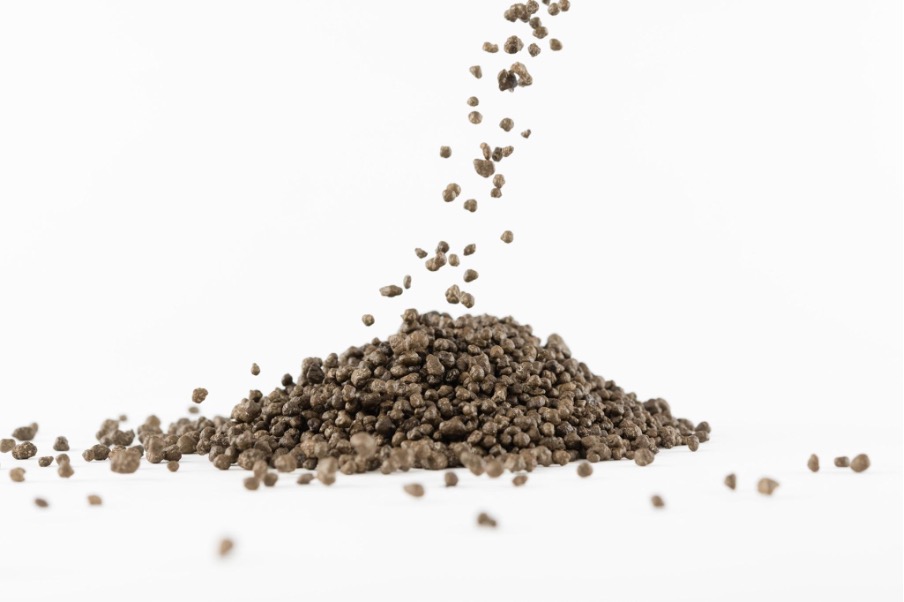
Triple Super Phosphate (TSP fertilizer) and Single Super Phosphate (SSP fertilizer) are two internationally important fertilizers. Their effectiveness comes from their high-quality available phosphorus content and other key plant nutrients like calcium and sulfur.
Why is phosphorus important for high crop yields?
Phosphorus (P) is vital for healthy plant growth. When phosphorus is deficient, plant cells cannot function properly. Key processes such as photosynthesis and the transfer and storage of energy in plants suffer.
Without adequate phosphorus, plants show signs of weak health and poor growth. Crops need a good supply of phosphorus at every stage of the growing cycle. Phosphate fertilizers are essential to plant growth. SSP fertilizer and TSP fertilizer enable good germination, optimum root development, and robust stalk and stem growth.
Healthy plants experience superior blooming and improved fruiting or grain formation. Correctly nourished plants are also more attractive to consumers, generally providing a greater nutrient density and tasting better. They also look more healthy and attractive on supermarket shelves. SSP and TSP fertilizers are both proven fertilizers that can enable high yield, high-quality harvests, even on marginal lands.

What is a TSP fertilizer?
To produce TSP, the phosphate rock powder is mixed with phosphoric acid. TSP fertilizer chemical composition is:
46% P2O5 – is an excellent source of phosphorus.
17% CaO – contains calcium, which is also a plant nutrient.
Triple super phosphate benefits
TSP fertilizer has a higher proportion of phosphorus than its SSP counterpart. It is usually broadcast directly onto the soil, or banded below and to the side of the seed row. TSP is traditionally used for the fertilization of leguminous crops (soybean, alfalfa, beans), where no additional N fertilization is needed to supplement biological N fixation.
What is an SSP fertilizer?
To produce SSP fertilizer, the phosphate rock is reacted with sulfuric acid. SSP fertilizer composition is:
20% P2O5
12% S
31% CaO
A key component of SSP fertilizer is sulfur. SSP is ideal for use on soils that have a sulfur deficiency, or with crops that have high requirements for sulfur as well as phosphorus. SSP is an ideal non-nitrogen phosphate fertilizer for leguminous crops like legumes (alfalfa, clover, soybean) which can obtain their own nitrogen supply from the air by symbiotic fixation. It is also ideal for Cruciferae (canola, rapeseed) which have a high demand for sulfur.
Single super phosphate benefits
SSP fertilizer granules are ideal for spreading on pastures that feed cattle or sheep. The sulfur component of SSP fertilizer encourages the growth of pasture legumes, raising both the feed value to the livestock and the nitrogen levels needed by pasture grasses.

Phosphate Fertilizer for Sustainable Agriculture
The final step in the production process is granulation. The powdered fertilizer mix is compressed into uniform, ready-to-use granules of TSP and SSP fertilizers.
TSP and SSP were among the first high-analysis fertilizers to become widely used in the 20th century to provide a reliable source of phosphorus for many types of crops. Farmers have always appreciated the powerful TSP and SSP fertilizers.
Both fertilizers are highly soluble, and easily deliver phosphorus and other nutrients like calcium and sulfur to the root.
TSP and SSP Fertilizers
The high quality TSP and SSP fertilizers are simple to add to soils, and the phosphorus is rapidly available for plant uptake. Farmers apply TSP or SSP to the soil just before or during crop planting or seed sowing. The fertilizers can be incorporated into the soil by using cultivation tools or even by inserting the granules at the required depth using specialist applicators or planters.
TSP and SSP can be bulk blended with most other granular fertilizers to form customized formulas that suit the nutrition plans for particular crops or systems. The exceptions are urea and calcium nitrate which should not be blended with TSP and SSP.




